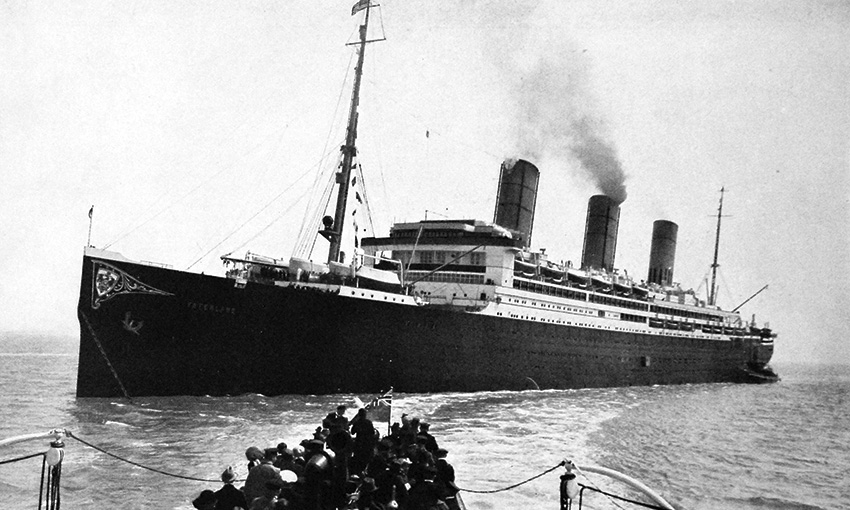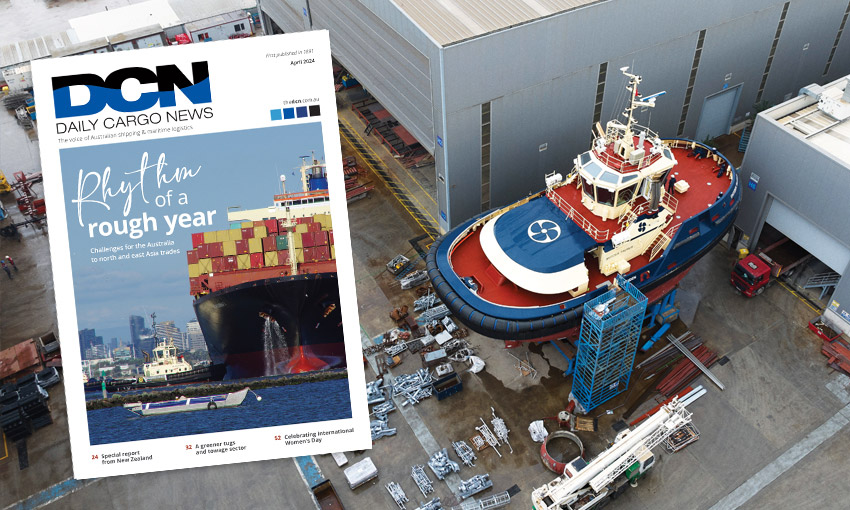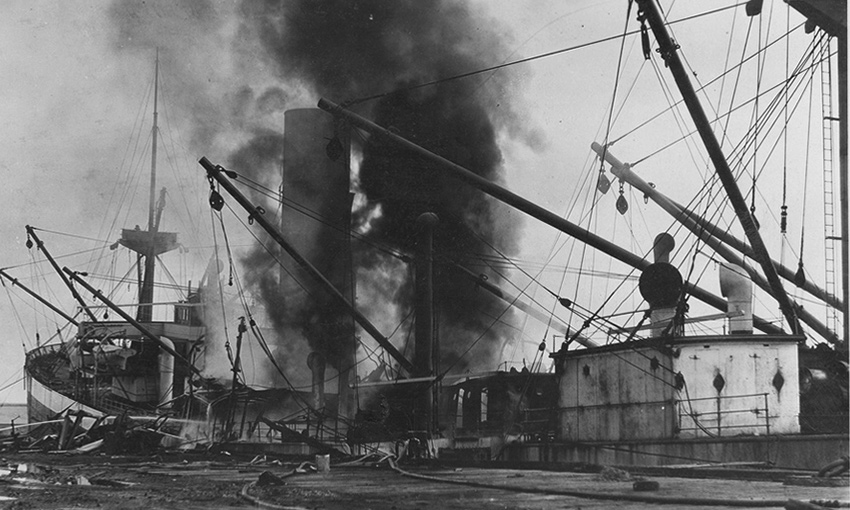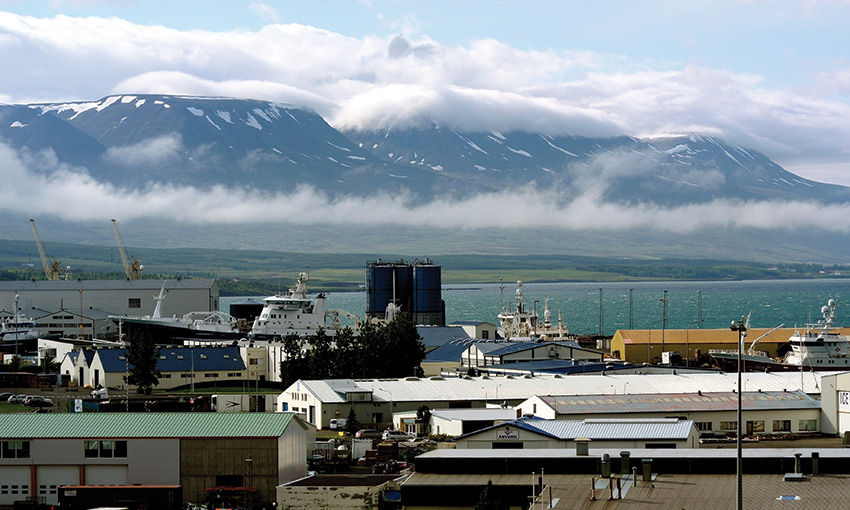IN OUR age, heavy fuel oil looks to be on the way out as a way to propel ships across the oceans. But 100 years ago, ships were being converted from coal-burning to oil-burning vessels.
The below extract from DCN’s 13 June 1923 issue outlines the first voyage of the ocean liner Leviathan after its conversion to heavy fuel oil.
It is announced by the United States Line that the Leviathan will be by more than 3000 tons larger than any other vessel afloat in the matter of gross registered tonnage. The recondition of the new flagship of the United States Lines and her conversion from coal to oil burning has, it is stated made a difference of 5674 tons in the gross registered tonnage of the vessel, her previous registry being 54,282 tonnes. The Majestic, hitherto in every respect the world’s largest ship, has a gross tonnage of 56,551.
The Leviathan will make her maiden trip from New York on July 4. She will arrive at Southampton via Cherbourg. She will have on board, besides the customary passengers, a number of Cabinet officers of the United States government and Senators and Congressmen, as guests of Mr Lasker, the chairman of the United States Shipping Board.
The work of converting her from a coal-burner to an oil-burner has already been completed, and she will have accommodation for 10,000 tons of fuel oil in her vast bunkers. She is expected to burn about 1000 tons of oil per day to maintain an average speed of from 24 to 25 knots.
The vessel will leave the Newport News Shipbuilding & Drydock Yards at the end of this month for the Boston Naval Graving Docks, where the final exterior work of scraping her hull and examining her quadruple shafts will be completed.
HISTORY OF A SHIP
Leviathan started its life as Vaterland, built for the Hamburg America Line in 1913. It sailed between Germany and the United States for less than a year before the outbreak of World War I. The vessel was designed to carry 4050 passengers, including 700 in first class and 600 in second class.
When the war began, the ship was laid up in the US until it entered the war in 1917. The US government then seized Vaterland, renamed it Leviathan and employed it as a troop transport vessel.
It departed on 17 December 1917 on its first trans-Atlantic troop-carrying voyage with 7250 people onboard. Its capacity was increased to 10,500 troops by the summer of 1918 – or as many as 14,000 with double bunking.
The vessel was then refitted and converted to running on fuel oil, with its first voyage departing on 4 July 1923, as mentioned above. It was operated by United States Lines, part of the United States Shipping Board’s Emergency Fleet Corporation, which was established to operate German vessels seized at the beginning of the war.
Leviathan was active as a trans-Atlantic passenger liner until the mid-1930s, after which it was sold to British Metal Industries in 1939.
This article appeared in the June 2023 edition of DCN Magazine





